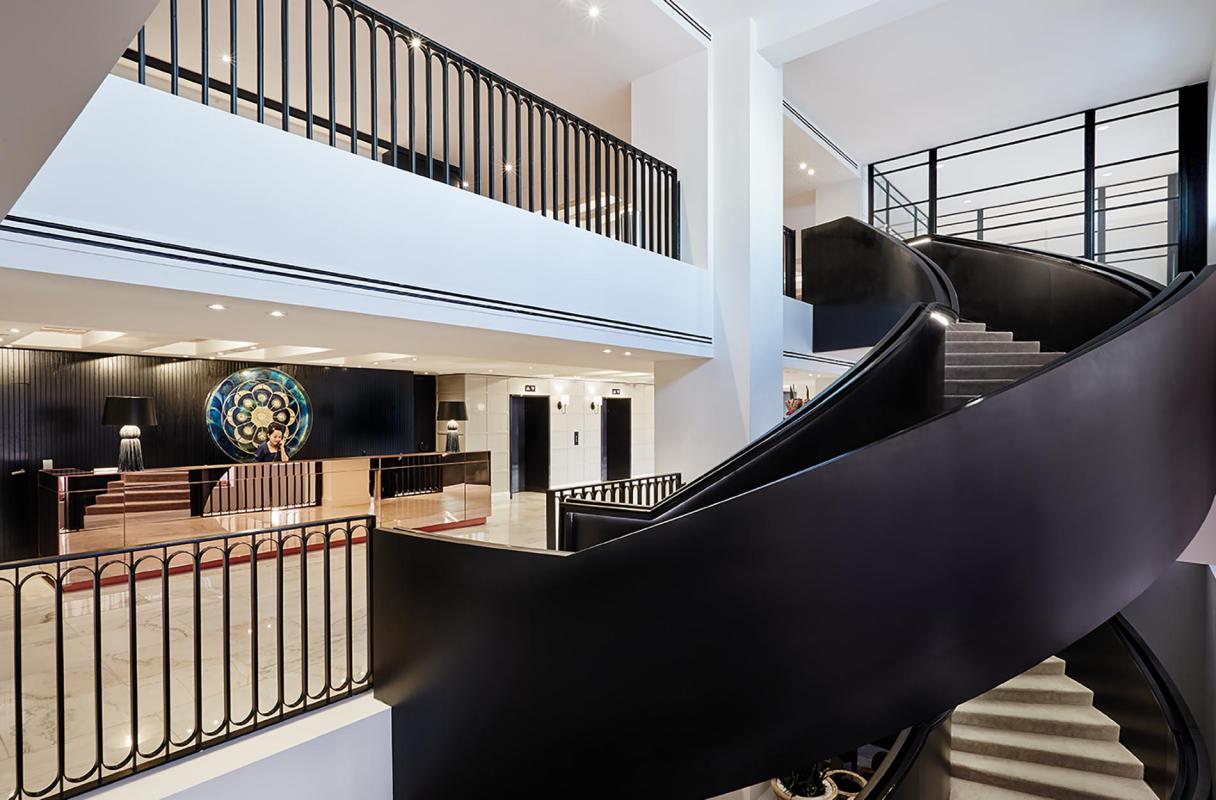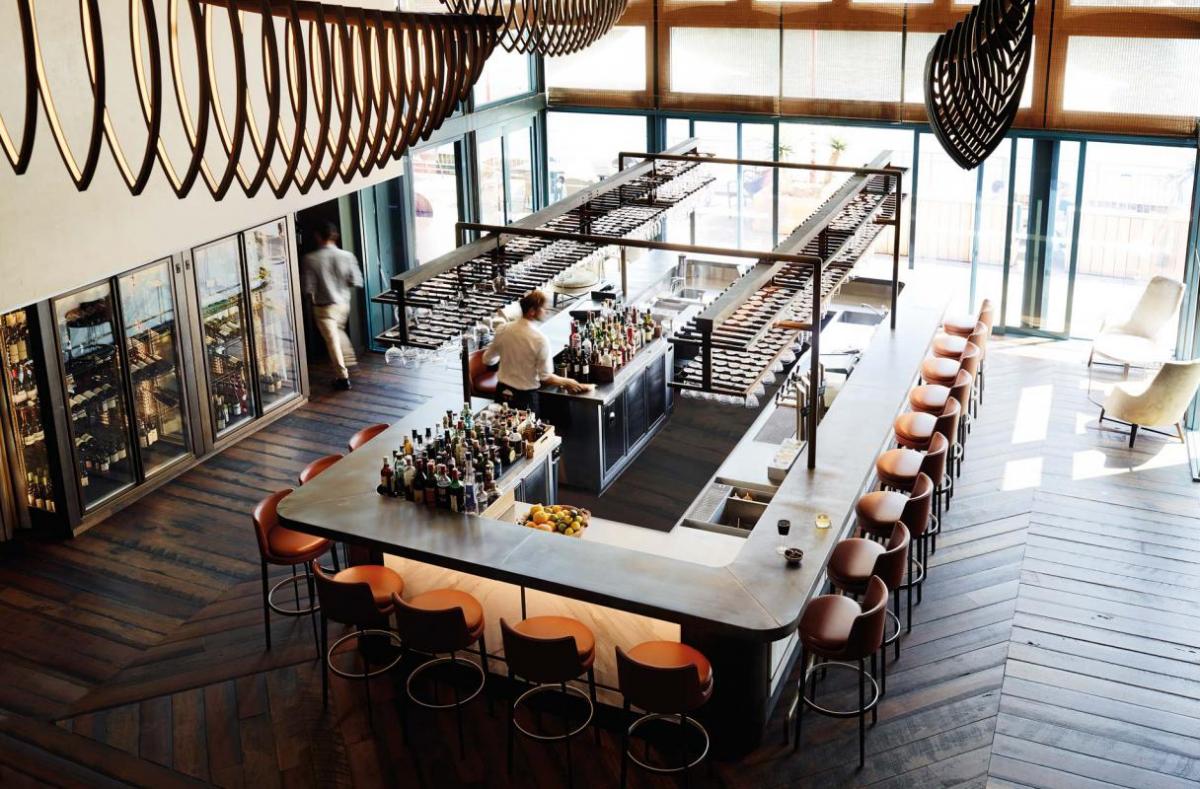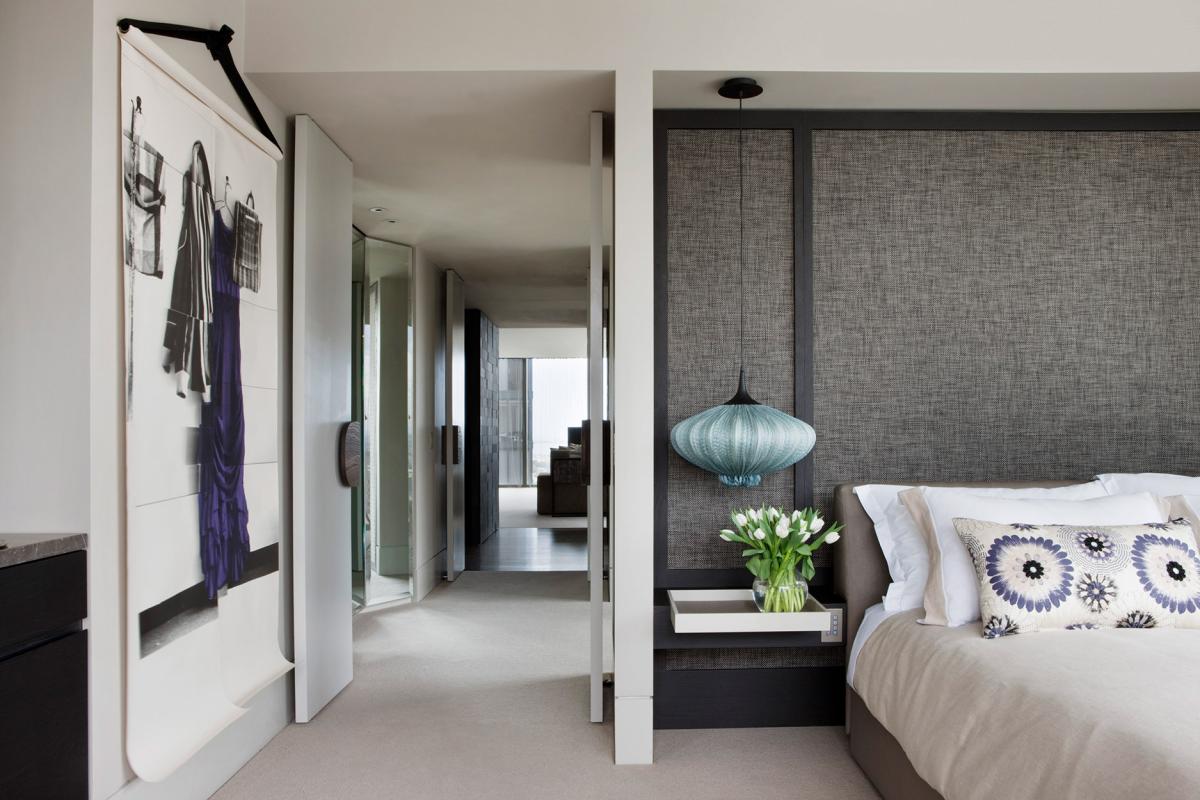
Bates Smart Director Jeff Copolov chaired a session at the 2015 Hotelsworld Conference recently, focusing on ‘What Makes Hotel Developments Work?’ The panelists included international and Australian-based developers of successful mid- to high-range projects, and luxury hotels in Asia and Australia. Jeff shares what hotel developers think about the latest industry trends and how they can take advantage of the opportunities using great design.
What does the current hotel development scene look like? The hotel industry outlook is very positive in Australia and Asia.
During the conference, there was a lot of buzz about the bigger hotel chains looking for development opportunities. At the same time, tourism is increasing, especially from China where the market has become more sophisticated with the rise of the ‘FIT’—Free Independent Travellers. Much like their counterparts from Western markets, they are looking for genuine experiences that relate to the location of a place. These issues have significant implications for hotel design in the region over the next few years.
How can hotel operators make the most of this trend?
Wherever they are, hotels need to offer a genuine local experience. There has been a shift—authenticity is the key word. For example, in Australia, designers are using sophisticated interpretations of the colours, textures and art of Australia in line with this new direction.
 Boutique hotel brands are experiencing unprecedented success in this country. The boutique market has been strong in Europe and some parts of Asia for a while but this is the first time it has happened in Australia.
Boutique hotel brands are experiencing unprecedented success in this country. The boutique market has been strong in Europe and some parts of Asia for a while but this is the first time it has happened in Australia.
Big hotel chains are investing in more boutique hotel developments to capture these market segments. Boutique hotels can be more profitable—the room rates are generally higher because of the authentic experience they offer.
What are the biggest challenges hotel developers currently face in our region? How can design help them overcome these?
Finding great sites for new projects is a challenge in urban areas. However, the right architect can design around the negatives of a site such as lack of space or outlook and create a beautiful, bespoke environment specifically for the market segment the developer is aiming for. They can take a tired and dated building and re-purpose it into an efficient hotel that celebrates its location. Bates Smart did this with the Mayfair in Adelaide, which turned an iconic but disused office block into one of the city’s premier luxury hotels.
Another challenge for developers is finding ways to produce financial returns earlier in the life of a development. In the past, developers might spend up to $300m on a large hotel and rely only on the room revenue for their returns until they sell the hotel later on.
Today, many hotel developers are using a mixed use model involving a mix of standard rooms, apartments and retail to access returns earlier. Apartments can be sold at the start to push capital back in to the project, and returned to the mix as serviced apartments for ongoing revenue. Retail and food and beverage offerings also provide an ongoing income stream to add to the accommodation.
What are the other benefits of the growing trend to multi-use hotel developments?
Hotels can benefit from a relationship with a strong food and beverage brand that aligns with their brand values, Crown with Heston Blumenthal and Neil Perry is a great example. Its a magnet for guests, and hotels and can guarantee a high-quality product without stress allowing them to concentrate on their other product strengths. Some hotel owners are even removing restaurants altogether. One owner at the conference recounted how he removed the restaurant from his unprofitable boutique hotel located in a popular dining precinct and increased profits by 60% immediately.
What is your design approach to luxury in a successful hotel development?
Luxury is not necessarily about opulence or expense. In its simplest form, luxury is the eradication of problems—it is incredible service, instinctive design responses, and pragmatic, genuine good product design. Luxury is walking into your hotel room and being able to plug in your phone and read in bed without fiddling with cords, or having the hotel know what pillow you like and your favourite newspaper.
 To design a truly luxurious experience, designers consider how a room functions, and what is it like for a guest in that room during all aspects of their stay. Technology is opening up new ways for us to design with luxury in mind. For example, the IHG group caters to the constant traveller with the help of data collection. They know the traveller’s preferences right down to her favourite coffee, what kind of lighting she likes, and if she prefers welcome chocolates or a bowl of fresh fruit. These little details make guests feel important and are the essence of what luxury is today.
To design a truly luxurious experience, designers consider how a room functions, and what is it like for a guest in that room during all aspects of their stay. Technology is opening up new ways for us to design with luxury in mind. For example, the IHG group caters to the constant traveller with the help of data collection. They know the traveller’s preferences right down to her favourite coffee, what kind of lighting she likes, and if she prefers welcome chocolates or a bowl of fresh fruit. These little details make guests feel important and are the essence of what luxury is today.
What are the trends that will impact on the industry over the next five years?
Online travel sites such as TripAdvisor will continue to influence the industry. Tourists rely heavily on them for travel advice, reviews and ideas, they also take commission from every booking – this affects everyone’s bottom line and will add to the pressure for hotel developers to come up with smarter ways of operating.
The other factor that is gradually starting to impact on the industry is the growingnumber of retirees who can enjoy their leisure time as travel. Hotels need to start consciously thinking about how to capture this market with specific offerings such as mixed-use developments.
Sustainable design is now fundamental to the hotel industry. It makes sense commercially and financially to reduce the bottom line with sustainable practices like recycled water. A lot of these ideas are now standard for hotel designers because they are code driven requirements, and they make commercial sense.
Boutique hotel brands, such as The Banyan Tree, have been focusing on sustainability for some time. This awareness is now moving into the urban context, for example, some city hotels now have bicycles for guests to use. We will see more practices like this become mainstream as the market develops. ![]()

